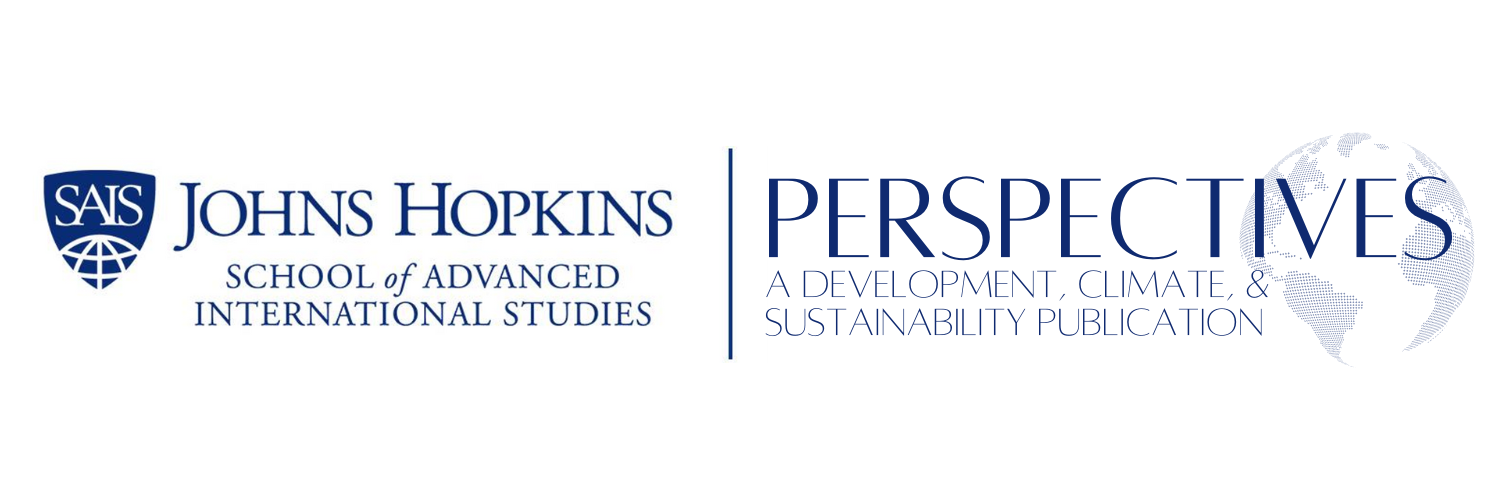BY ALLISON CARRAGHER
Every four minutes, a person is killed on India’s roads. In fact, India holds the dismal distinction of number one in the world for road fatalities. Of all the states, the roads in southeastern Kerala are the deadliest. These statistics haunted me as I loaded onto a Kerala tuk tuk as part of my International Development Practicum.
As a second-year IDEV student, I’m part of the inaugural practicum class. This means I’m joining three of my classmates on a consulting team on a year-long project, including two weeks in India, to address the strategic challenges of a real-world client: The Indian Institute of Emergency Medical Services (IIEMS). You see, the tragedy of India’s roads is not simply a consequence of notoriously chaotic drivers and congested roads—it’s also the product of a severely underdeveloped emergency medicine system. When an accident occurs, few bystanders know how to react. A good Samaritan who wants to call an ambulance not only needs to know the number—India lacks a national 911—but also must be living in a part of the country that offers ambulance service. Thirty percent of accident victims die before reaching a hospital, and those who make it become patients of doctors who are not required to be trained in emergency medicine or trauma care. It’s a terrifying prospect.
This is where IIEMS comes in. The non-profit, founded by an Indian-American emergency medicine physician who splits his time between Kerala and Pennsylvania, is supporting the development of India’s emergency medical system every step of the way: From training medical professionals in life support and trauma, operating an ambulance service that helps patients regardless of their ability to pay, and conducting public outreach events that equip community members with practical life-saving skills. It’s a small but dedicated team motivated by a commitment to saving lives in their country.
So what does IIEMS want with four SAIS students? Despite the great work the staff is doing, funding is a constant concern, and they need help navigating the convoluted web of international donors, lenders, and corporations that might be willing to support their efforts. Furthermore, today IIEMS is confronting a new challenge: how to increase India’s resilience to disaster through disaster-response capacity building and drill facilitation. India’s geography, climate, population density, and infrastructure issues make it one of the most disaster prone countries in the world, yet there is no comprehensive disaster response mechanism. Our practicum team is designing a branding strategy, developing targeted promotional materials, and presenting a plan for identifying new partnerships and funds to help the organization expand into the disaster space. If all goes well, the next time I climb into a tuk tuk in India, I’ll be able to breathe just a little bit easier.




